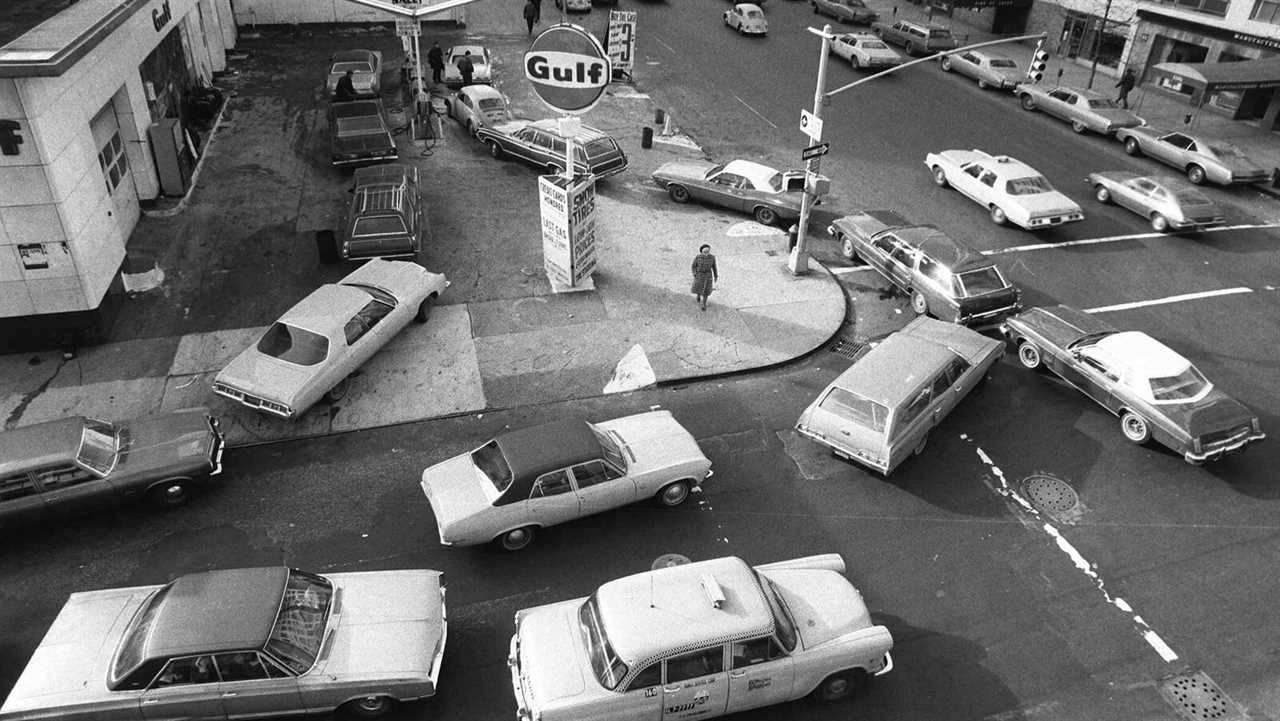
America’s recent inflation spike has prompted renewed interest in an idea that many economists and policy experts thought they had long ago left behind for good: price controls.The federal government last imposed broad-based limits on how much private companies could charge for their goods and services in the 1970s, when President Richard M. Nixon ushered in wage and price freezes over the course of a few years. That experiment was widely regarded as a failure, and ever since, the phrase “price controls” has, at least for many people, called to mind images of product shortages and bureaucratic overreach. In recent decades, few economists have bothered to study the idea at all.As consumer prices soared this fall, however, a handful of mostly left-leaning economists reignited the long-dormant debate, arguing in opinion columns, policy briefs and social-media posts that the idea deserves a second look. Few if any are arguing for a return to the Nixon-era policies. Many say they aren’t yet ready to endorse price controls, and just want the idea to be taken seriously.Even so, the renewed discussion brought a swift reaction from many mainstream economists on both the right and left, some of whom suggested it would be a mistake to even open the door to the idea. So far, decision makers in Washington haven’t embraced price caps, even in a more modest form.Here’s what to know about the push for price controls, the history of the idea and the possible outcomes if they were to be tried in 2022.Why do (most) economists dislike price controls?
In the most basic economic models, prices are a function of supply and demand. If prices for a product are too high, people won’t buy as much of it. If prices are too low, companies won’t make as much money, and will make less of the product. In a free market, prices naturally settle at the point that balances out those two forces.In that model, when the government imposes an artificial cap on prices, supply falls (since companies won’t make as much money) and demand rises (since more people will want to buy at the government-imposed lower price). As a result, supply can’t meet demand, resulting in shortages.That’s the theory. In the real world, a variety of factors — imperfect competition between producers, unpredictable behavior by consumers, practical limits on how quickly operations can ramp up and down — mean that prices don’t always behave the way simple models predict.Still, most economists argue that the basic logic of that theory still holds: Artificially holding down prices leads to shortages, inefficiencies or other unintended consequences, like an increase in black-market activity. And while some economists say price controls on specific products can make sense in specific situations — to prevent price-gouging after a natural disaster, for example — most argue that they are a poor tool for fighting inflation, which is a broad increase in prices.In a recent survey of 41 academic economists conducted by the University of Chicago’s Booth School of Business, 61 percent said that price controls similar to those imposed in the 1970s would fail to “successfully reduce U.S. inflation over the next 12 months.” Others said the policy might bring down inflation in the short-term but would lead to shortages or other problems.“Price controls can of course control prices — but they’re a terrible idea!” David Autor, an economist at the Massachusetts Institute of Technology, wrote in response to the survey.Have price controls worked in the past?
In August 1971, with consumer prices rising at their fastest pace since the Korean War, Mr. Nixon announced that he was imposing a 90-day freeze on most wages, prices and rents. Once the freeze ended, companies were allowed to raise prices, but subject to limits set by a council headed by Donald H. Rumsfeld, who later served as defense secretary for Presidents Gerald R. Ford and George W. Bush.The controls initially looked like a success. Inflation fell from a peak of more than 6 percent in 1970 to below 3 percent in the middle of 1972. But almost as soon as the government began to ease the restrictions, prices shot back up, leading Mr. Nixon to impose another price freeze, followed by another round of even more stringent controls. This time, the controls failed to tame inflation, in part because of the first Arab oil embargo. The price controls expired in 1974, shortly before Mr. Nixon resigned from office.Not all attempts at reining in prices have been such clear failures. During World War II, the Roosevelt administration imposed strict price controls to prevent wartime shortages from making food and other basic supplies unaffordable. Those rules were generally viewed as necessary at the time, and economists haveBy: Ben Casselman and Jeanna Smialek
Title: Price Controls Set Off Heated Debate as History Gets a Second Look
Sourced From: www.nytimes.com/2022/01/13/business/economy/inflation-price-controls.html
Published Date: Thu, 13 Jan 2022 19:46:10 +0000
Read More
Did you miss our previous article...
https://badpoliticians.com/us-politics/a-new-rule-makes-thousands-of-federal-inmates-eligible-for-release
 UK PoliticsWorld PoliticsVideosPrivacy PolicyTerms And Conditions
UK PoliticsWorld PoliticsVideosPrivacy PolicyTerms And Conditions
